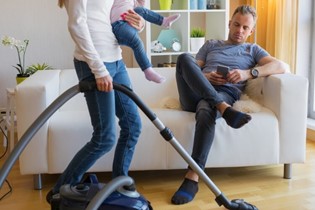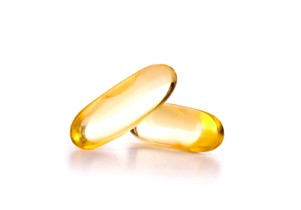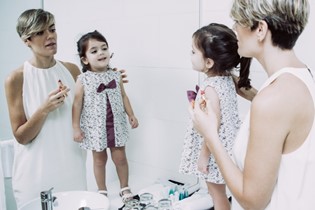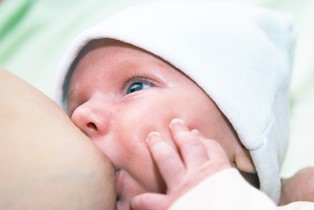Hyperpigmentation
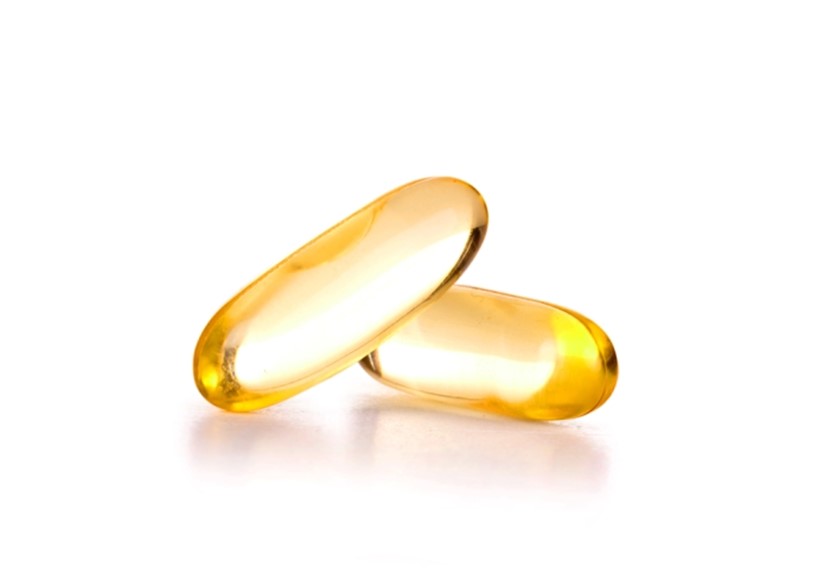
Spot the difference
Most of us can cope with a few grey hairs. We can shrug off the effects of gravity and smile in the face of a laughter line or two. But try putting a positive spin on pigmentation. "Age spots", "brown spots", "liver spots"… even the terminology isn't pretty.
Caused by a variety of factors - a big one being pregnancy - hyperpigmentation is the medical name given to a condition hallmarked by patches of darkened skin, usually on the face. It is common, annoying, and sometimes disfiguring. The good news, however, is that it's treatable.
There is a rub, though. Hyperpigmentation is often the result of more than one cause, and there are as many ways to treat it. Choosing the right products can be so perplexing that most women shy away from even trying. This isn't helped by the fact many anti-ageing creams claim to "help even out skin tone" (beauty-speak for correcting pigmentation) when their efficacy is questionable. To properly deal with hyperpigmentation, you need specialist products and/or clinical treatments.
Spot identification
There are some things you can blame on your parents. A genetic disposition is a major factor in how you'll face your future, pigmentation-wise. But, fluctuating hormones (pregnancy and menopause), some medications (the Pill especially), skin injuries, certain autoimmune conditions, and sunlight all play their part. The main culprit is the sun, so much so that you're wasting your money if you buy a hyperpigmentation product but neglect to use sunscreen.
One of the most common types of hyperpigmentation is chloasma, also known as melasma. This type affects you primarily on the cheekbones, forehead and upper lip. Chloasma is usually genetically determined (you are particularly unlucky if you have olive skin) and its development is linked to oestrogen. Sunlight will definitely spur it on.
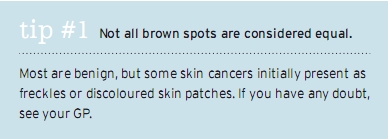
Out, damn spot!
There are two main ways to get rid of (or at least minimise)
hyperpigmentation: Skincare and appearance-medicine procedures.
Skincare comes in three main forms:
• Products containing skin "lighteners" such as hydroquinone, kojic acid and natural extracts such as bearberry, liquorice and mulberry.
• Products containing antioxidants, particularly vitamins C and A.
• Products that include fruit acids or AHAs.
If you're not pregnant (or trying to get pregnant), many experts recommend a combination of all three - cleansers and moisturisers specifically suited to treat the problem, plus some form of retinol or AHA to help the skin regenerate itself and shed dead cells more quickly.
However, while cosmetics containing forms of vitamin A - retinoids - are classified as safe, the oral use of vitamin A (in the form of the anti-acne medication isotretinoin) has been linked to severe birth defects. If you are pregnant, it is best to avoid active ingredients such as retinoids and AHAs/BHAs (apart from glycolic, an AHA originally derived from sugar cane, that is known to be safe).
It may also pay to avoid creams containing soy if you are particularly prone to hyperpigmentation, since soy (and oil of bergamot, found in many organic skincare products) can make pregnancy mask worse. (However, if the label says "active soy", it means the oestrogenic components have been removed and it won't have the same effect on your brown spots.)
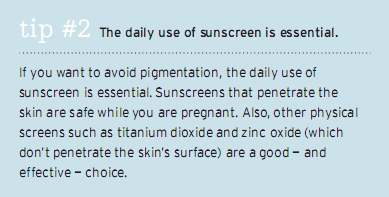
Spot removal
Cosmetic procedures - those performed by a beauty therapist or cosmetic physician - are also effective. Microdermabrasion, which is essentially a powerful way of exfoliating, and light therapies such as IPL and lasers are particularly useful but can be pricey. They also don't come without their dangers, especially light therapies. To work, they have to damage the skin, forcing it to spur on its natural healing processes. This is fine if you are in the hands of an experienced operator, not so if you aren't. Always check the credentials of your operator. For recommendations, visit www.nzcam.co.nz .

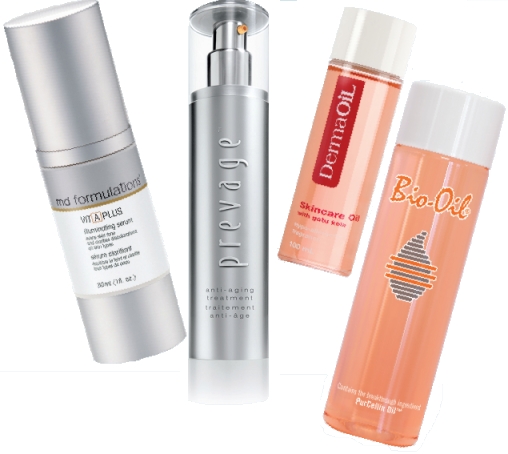

AS FEATURED IN ISSUE 2 OF OHbaby! MAGAZINE. CHECK OUT OTHER ARTICLES IN THIS ISSUE BELOW




